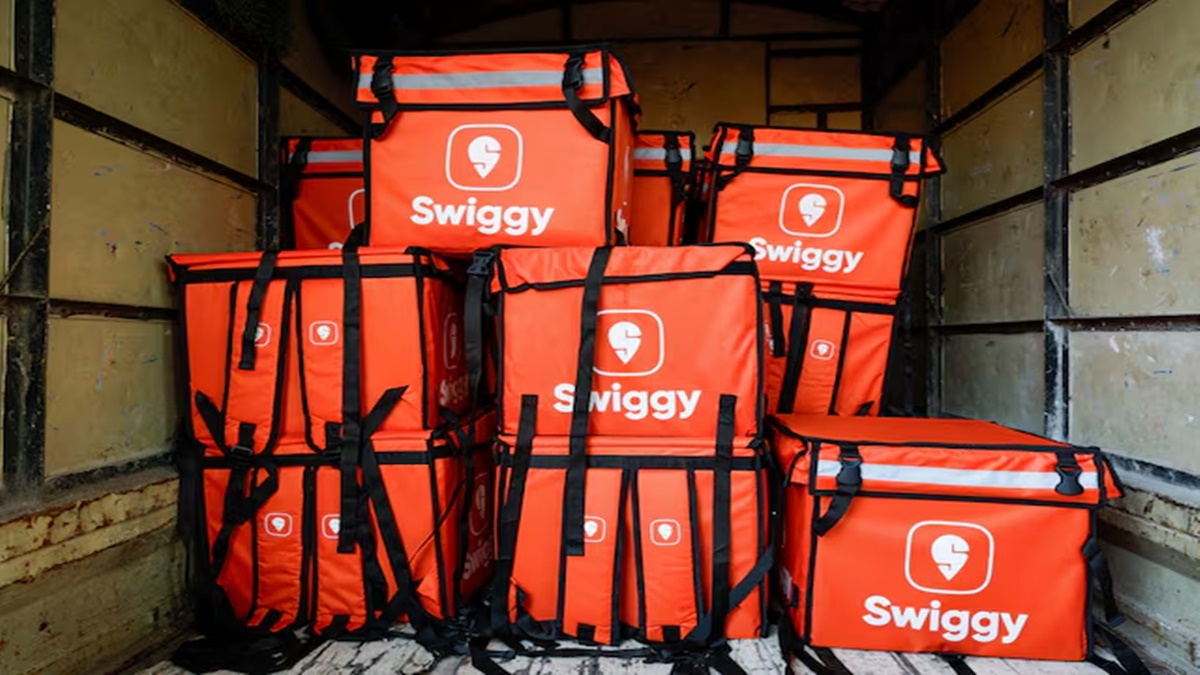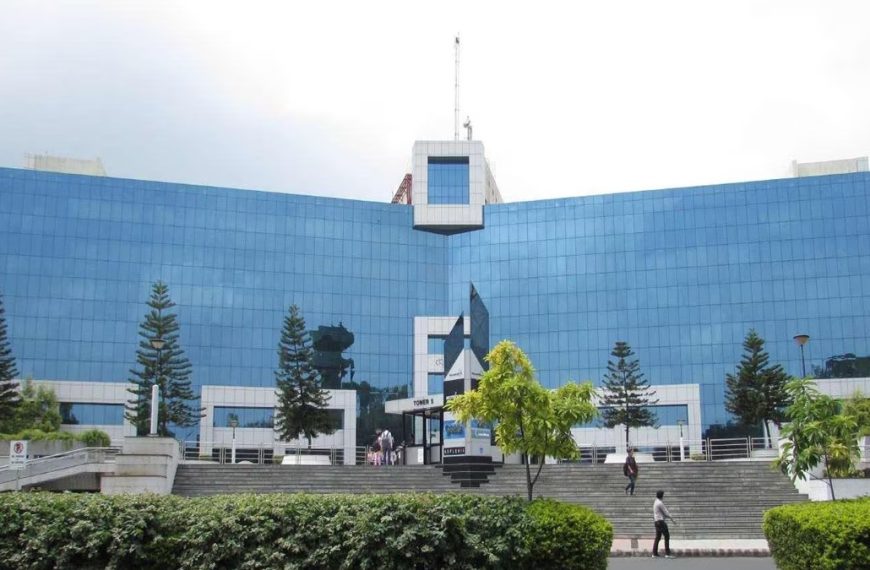In a surprising turn of events, Swiggy has reported an increase in operational revenue by 44.8%, reaching Rs 4,410.01 crore, surpassing analysts’ expectations of Rs 4,178 crore. However, this positive revenue growth has been overshadowed by a significant rise in expenses, which soared by 52.9% year-on-year to Rs 5,609.6 crore, ultimately widening the company’s losses.
Competitors Struggle Amid Revenue Growth
In related news, Zomato, a key rival to Swiggy, has experienced a staggering 78% decline in net profit, dropping to Rs 39 crore for the March quarter. Despite this dip, Zomato’s revenue saw a healthy 64% increase, totaling Rs 5,833 crore, showcasing the fierce competition in the food delivery sector.
Swiggy’s Aggressive Expansion Strategy
A significant aspect of Swiggy’s operational strategy has been the rapid expansion of Instamart, its quick commerce service. Over the last quarter, Instamart launched 316 new dark stores, a number greater than its total openings over the past two years. As of the end of March, the service boasts 1,021 dark stores and has also introduced 44 Megapods, larger-format stores that now represent about 10% of Instamart’s total space, which has reached four million square feet.
- Instamart’s Key Performance Indicators:
- Gross Order Value (GOV): Rs 4,670 crore (up 101% year-on-year)
- Average Order Value (AOV): Rs 527 (up 13.3%)
While Instamart is showing promising growth, the rapid expansion has impacted margins. The contribution margin for Instamart fell to -5.6%, compared to -4.6% in the previous quarter. CFO Rahul Bothra explained that this decline is attributed to new stores operating below capacity and ongoing customer incentives in a highly competitive market. He anticipates that the quick commerce sector will reach contribution breakeven within three to five quarters as these new stores become fully operational.
Strategic Shift in Expansion Focus
Moving forward, Swiggy plans to slow its store expansion and instead concentrate on boosting order values, particularly in tier-2 cities. In tier-1 cities, the strategy will focus on densifying the network with additional openings to enhance delivery efficiency and reduce costs.
Solid Performance in Food Delivery
In its core food delivery segment, Swiggy reported a Gross Order Value of Rs 7,347 crore, reflecting a 17.6% year-on-year growth. The company’s Ebitda margin improved by 236 basis points to 2.9%, with a sequential Ebitda growth of 15.4%. Co-founder and CEO Sriharsha Majety emphasizes that future growth will hinge on innovation, pointing to the success of the Snacc initiative, launched in January, which allows users to order snacks directly from in-house kitchens.
Scaling Up Quick Delivery Services
Swiggy is also expanding its Bolt service, which promises food delivery within 10 minutes over a 2-kilometre radius from partner restaurants. Currently active in over 500 cities, Bolt accounts for more than 12% of Swiggy’s food delivery orders, and its higher-margin model is expected to enhance market share. In contrast, Zomato has recently discontinued its competing service, Quick.
Dine-In Segment Surges
In addition to its delivery services, Swiggy has witnessed impressive growth in its dine-in segment, with GOV surging 41.6% year-on-year, turning profitable with an adjusted Ebitda margin of 0.3%. The integration of the Dineout business, acquired earlier, has played a crucial role in this turnaround, shifting from losses to positive contributions.
Future Outlook
Looking ahead, Swiggy anticipates that its food delivery sector will experience growth between 18% to 22% in the medium term, while also striving for improved margins across both its food delivery and quick commerce divisions. This strategic focus on innovation and operational efficiency positions Swiggy for continued success in a competitive landscape.











